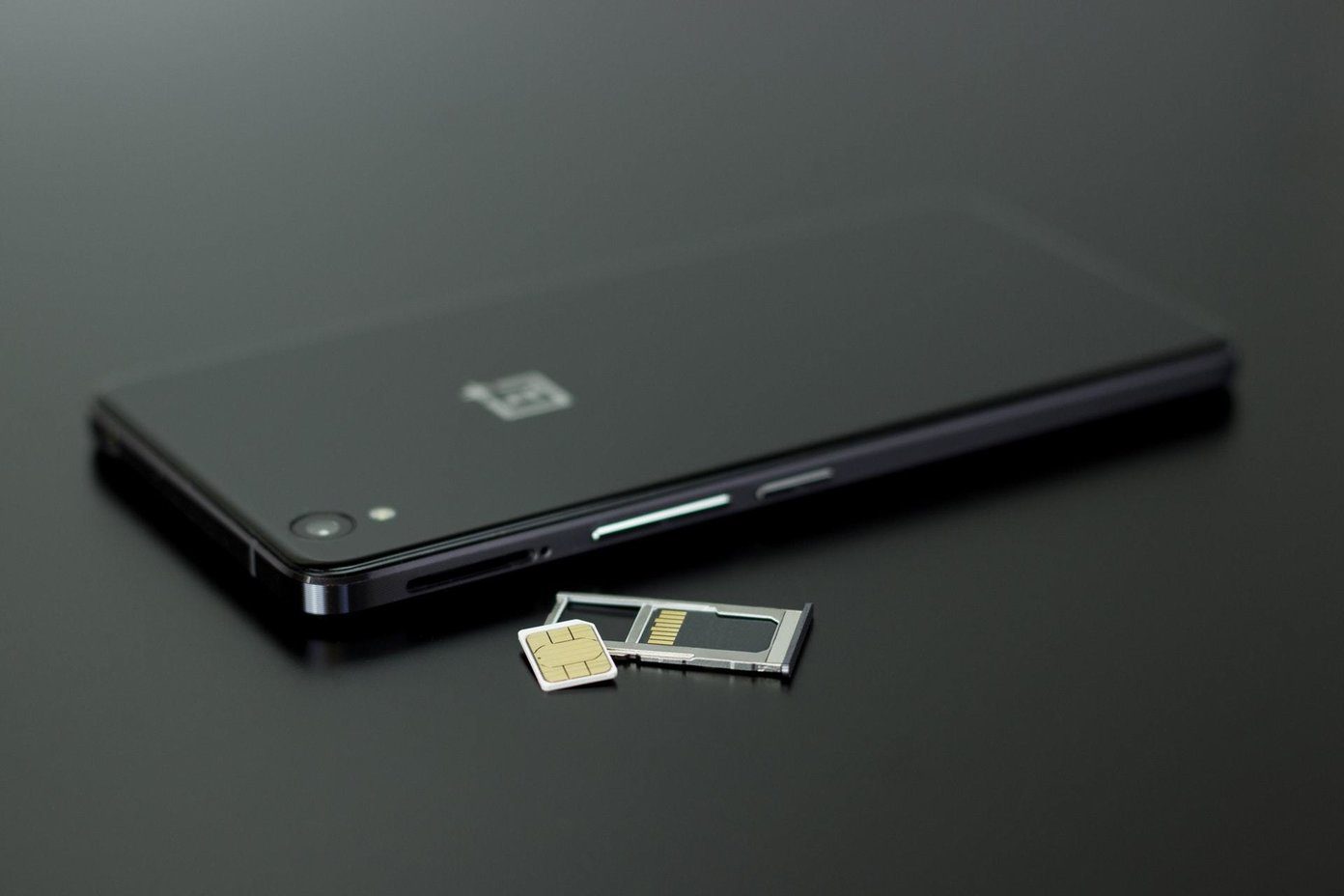Firefox’s rock-solid performance, huge extensions library, and wide cross-platform availability make it the perfect Chrome alternative. It’s also great at preserving user privacy. If you’ve used Chrome for a while, you must have accumulated a sizable chunk of browsing data. And to switch to Firefox without missing a beat, you must import your Chrome bookmarks and passwords. How do you do that? On the desktop, there are multiple approaches that you can take to get your Chrome browsing data imported into Firefox. Let’s check them out below. Note: You can’t import Chrome bookmarks and passwords into the mobile versions of Firefox. However, you can import Chrome’s browsing data to Firefox on a desktop and then use Firefox Sync to access them on your Android or iOS device.
Directly Import Chrome Bookmarks and Passwords to Firefox
If you use Firefox and Chrome on the same desktop (PC or Mac), it’s easy to import your Chrome bookmarks and passwords to Firefox. Mozilla’s browser comes with an Import Wizard tool to help you do that. There are two ways to access the Import Wizard—via Firefox’s bookmarks Library or the integrated Lockwise password manager.
Bookmarks Library
Step 1: Press Control+Shift+B shortcut to open the Firefox bookmarks Library. Tip: Alternatively, go to Firefox menu > Library > Bookmarks > Show All Bookmarks to get to the Library. Step 2: Open the Import and Backup menu to the Library window’s upper-left corner and select the option labeled ‘Import Data from Another Browser.’ Step 3: Select Chrome, and then click Next. Step 4: Specify the forms of browsing data that you want to import (Saved Passwords and Bookmarks, in this case), and click Next. Step 5: The Firefox Import Wizard shall import your browsing data from Chrome. Click Finish to exit the Import Wizard.
Firefox Lockwise
Step 1: Open the Firefox menu, and then click Logins and Passwords. Step 2: Click the More icon (three-dotted) to the upper-right corner of the Firefox Lockwise window. On the menu that shows up, click ‘Import from Another Browser.’ Step 3: Select Chrome, and then click Next. Step 4: Select Saved Passwords and Bookmarks (as well as any other forms of browsing data that you want to import), and then click Next. Step 5: Firefox will import your bookmarks and passwords from Chrome. Click Finish to exit the Import Wizard.
Indirect Methods to Import Chrome Bookmarks and Passwords to Firefox
If Firefox and Chrome doesn’t reside on the same computer, use either of the methods below to get your browsing data transferred to Firefox.
1. Use Chrome Sync
Using Chrome Sync is the easiest and safest method to get your passwords and bookmarks imported into Firefox on a different computer. The method requires that you have a Google Account (it’s free). Once you’ve signed into Chrome with a Google Account, simply sync your bookmarks and passwords using Chrome Sync—here’s how Chrome Sync works in detail. Follow by installing Chrome on the PC or Mac with the Firefox installation, and sign in with the same Google Account to sync your Chrome browsing data locally. Once that’s done, use Firefox’s Import Wizard—as per the instructions above—to easily import Chrome’s browsing data. You can remove Chrome afterward from the computer if you want.
2. Use HTML or CSV File
If you don’t have (or want to create) a Google Account, you can still import your Chrome bookmarks and passwords to Safari using HTML and CSV files.
Import Bookmarks
Firefox provides native means to import bookmarks via an HTML file. You must export your Chrome bookmarks first (if you already have, skip to Step 4). Step 1: Open the Chrome menu, point to Bookmarks, and then click Bookmark Manager. Step 2: Click the More icon (three-dotted) to the upper-right corner of the Bookmark Manager, and then click Export Bookmarks. Step 3: Specify a destination, and then click Save to export the bookmarks to an HTML file. Step 4: Copy the exported HTML file to the computer with Firefox using removable media or other means. Step 5: Open Firefox, and then press Control+Shift+B shortcut to get to the Library. Next, click the Import and Backup option to the Library’s upper-right corner, and then select Import Bookmarks From HTML. Step 6: Select the HTML file, and then click Open. Firefox shall import the contents of the HTML file. You won’t get a notification once the browser finishes importing the bookmarks, but expect to see them within the Library almost immediately.
Import Passwords
Firefox does not sport the ability to import passwords from a CSV file. While there are third-party tools online that claim to import CSV data to Firefox, they pose a serious risk to privacy and security. Hence, the best way to proceed is to install Chrome on the computer with the Firefox installation, import the contents from a CSV file (originally exported from Chrome on the other desktop device), and then use the Import Wizard in Firefox to import the passwords directly. Step 1: Start by exporting your Chrome passwords to a CSV file. Tip: Here’s how to export Chrome passwords to a CSV file. Step 2: Follow by installing Chrome on the desktop that contains your Firefox installation. Then, import the browsing data from the CSV file. Tip: Refer our guide to import Chrome passwords from a CSV file. Step 3: Once you’ve done that, use the Import Wizard in Firefox to import the passwords from Chrome. If you don’t want to go through the hassle of exporting passwords to CSV and then importing them back to Chrome again, consider using Chrome Sync instead.
Open Economy
It’s quite easy to import Chrome passwords and bookmarks into Firefox, provided that both browsers are located on the same computer. The process gets a tad complicated if they aren’t, especially when it comes to passwords. In that case, refrain from using third-party utilities to import Chrome’s passwords to Firefox and stick to native means instead to preserve your privacy and security. Next up: Check out these incredibly useful, yet lesser known keyboard shortcuts to ramp up your Firefox experience. The above article may contain affiliate links which help support Guiding Tech. However, it does not affect our editorial integrity. The content remains unbiased and authentic.


























